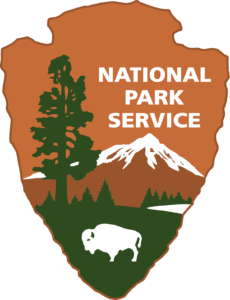Every June, the banks of the Potomac River come alive with chatter and life as the days warm and lengthen towards summer. Attracted by the cool water and abundant foliage, life gathers to enjoy the pleasures of being outdoors – including us humans! We return to the C&O Canal campgrounds to spend our evenings retelling our favorite park stories and planning the next day’s adventures. As we set up tents and build campfires, it’s time for one of our favorite camping activities: dinner. To celebrate National Camping Month this June, we are sharing some of our favorite campfire recipes to try on your next trip to the park.
For those traveling light, these recipe ideas will require minimal equipment. Delicious meals can be easily achieved with just a bit of foil and a few ingredients. A campfire classic, foil packet meals are made by wrapping your ingredients in foil and placing the packet in coals of your fire. Make sure to bring tongs to safely remove and place your packet. Check out these meal ideas!
Foil Packet Recipes:
- Ham and Cheese: Looking for a breakfast recipe or want breakfast for dinner? Make campfire ham and cheese hash browns! Use precooked, frozen hash browns, ham and some cheddar cheese for this recipe. Add your preferred seasonings and garnishes and wrap it all together. You can even mix in an egg if you want!
- Banana Boat: Banana boats can be made many ways. With the peel still on, split a banana down the middle without cutting through the other side and leaving the ends intact. Then add your fillings, wrap in foil, and place in the fire to melt! Some filling ideas are chocolate, marshmallows, and graham crackers; strawberries, Nutella, and hazelnuts; peanut butter and chocolate chips. Let us know your favorite combo!
- Pizza Cones: Ice cream cones can be the perfect addition to your next campfire. Layer cheese, pizza sauce, and pepperoni in a sugar cone, wrap, and stick in the fire. Turn this into a dessert by adding chocolate, marshmallows, and strawberries instead.
Forgot your foil? Try these recipes on a stick!
- Skewers: Almost anything has the potential to be cooked on a stick. Meat cubes, vegetables, and potatoes all get a smoky camp flavor over the fire. For an extra flavor boost, marinate your skewers and keep them in a cooler until it’s time to cook.
- French Toast: Have extra bread or rolls lying around? Cut your bread into cubes and soak in your regular egg and milk mixture (cinnamon can be a good addition). Place your battered bread on a stick and roast over the fire.
- Crescent Rolls: Wrap a crescent roll around a stick for a toasty campfire snack! Elevate your crescent roll experience by wrapping your crescent roll around a stick about the same width as a hotdog. Roast a hotdog and place it in your crescent roll for a sandwich!
-
-
- Honorable mention: the Spider dog. Cut an X on each side of your hotdog, leaving room in the middle to place it on your stick. You should have 8 “arms” on your hotdog. Roast your hotdog lengthwise over the fire. The ends of the hotdog should get crispy and curl. Please note: Our staff has reported mixed results with this technique. While delicious and crispy when executed correctly, there is a strong possibility of losing spider arms if the cuts are not made carefully and evenly. Please use caution with this recipe!
-
Looking for a place to try out these campfire recipes? Visit a hiker-biker campsite, reserve a spot in a campground, or stay in a Canal Quarters lockhouse. Please remember that fires are only allowed in designated fire rings/pits and pack out all of your trash after your stay. It is the responsibility of every park visitor to recreate safely and to protect the park for future adventures
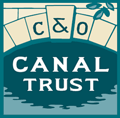
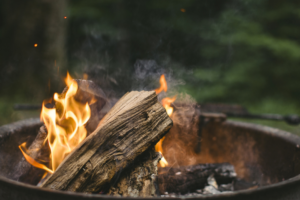

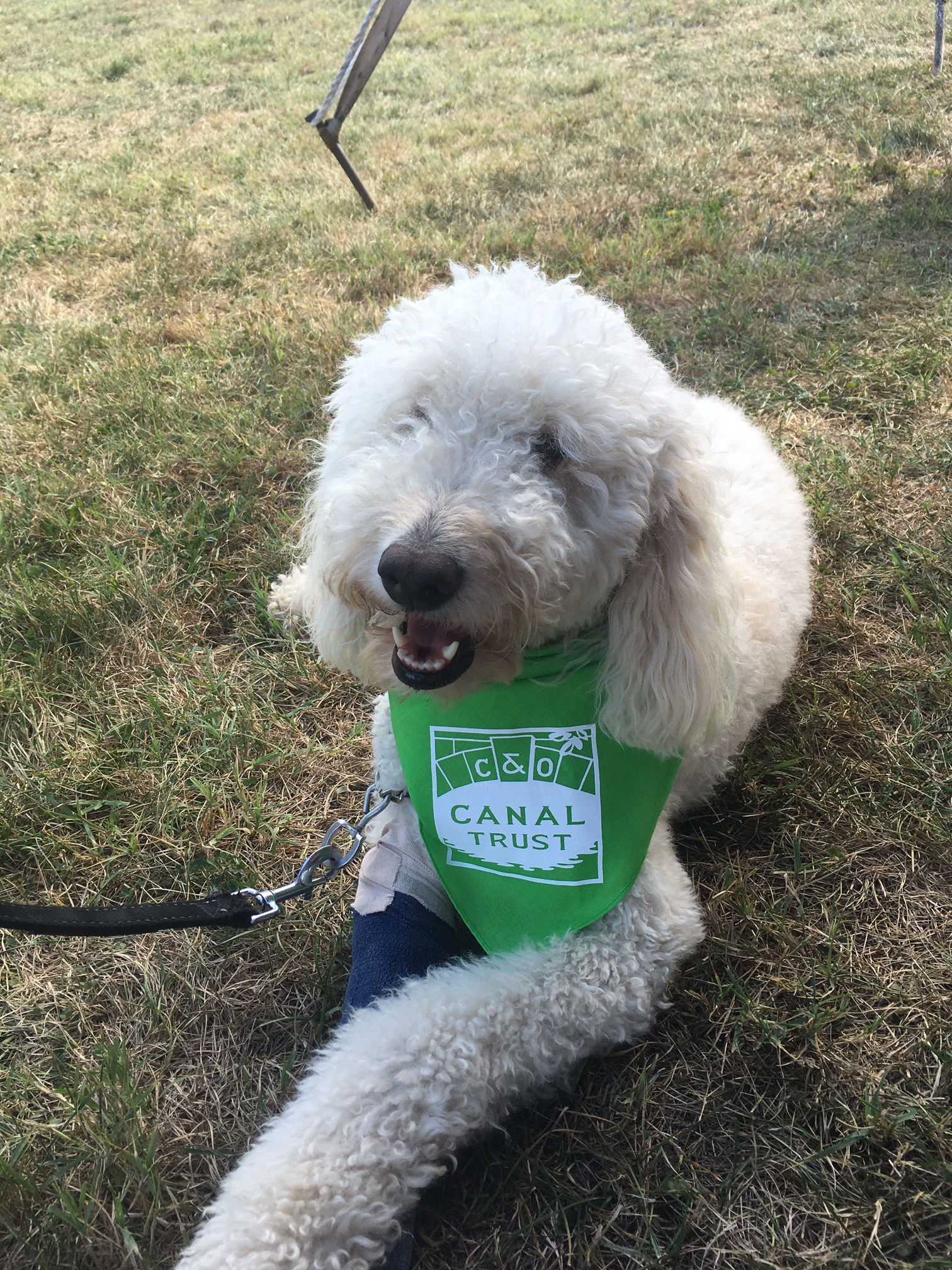
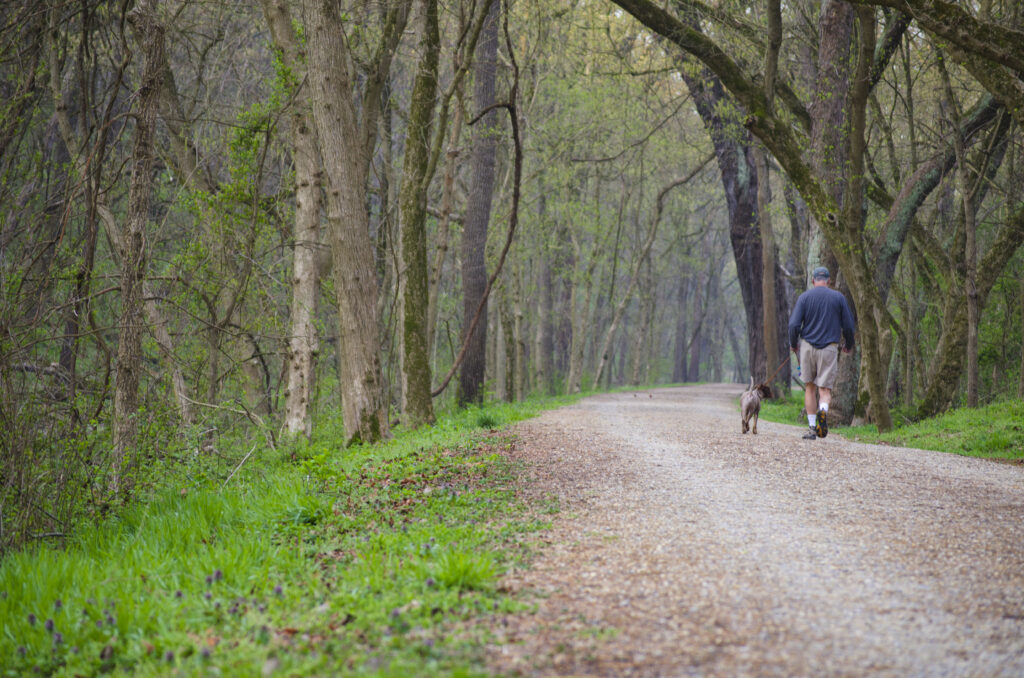

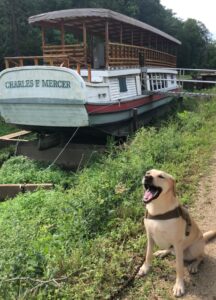

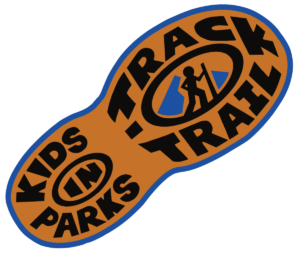 TRACK Trails is an award-winning program by Kids in Parks that offers family-friendly outdoor adventures. By following the self-guided brochures and signs, your visit to the park becomes a fun and educational adventure. As you track your progress, you become eligible for prizes.
TRACK Trails is an award-winning program by Kids in Parks that offers family-friendly outdoor adventures. By following the self-guided brochures and signs, your visit to the park becomes a fun and educational adventure. As you track your progress, you become eligible for prizes.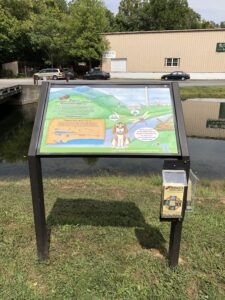

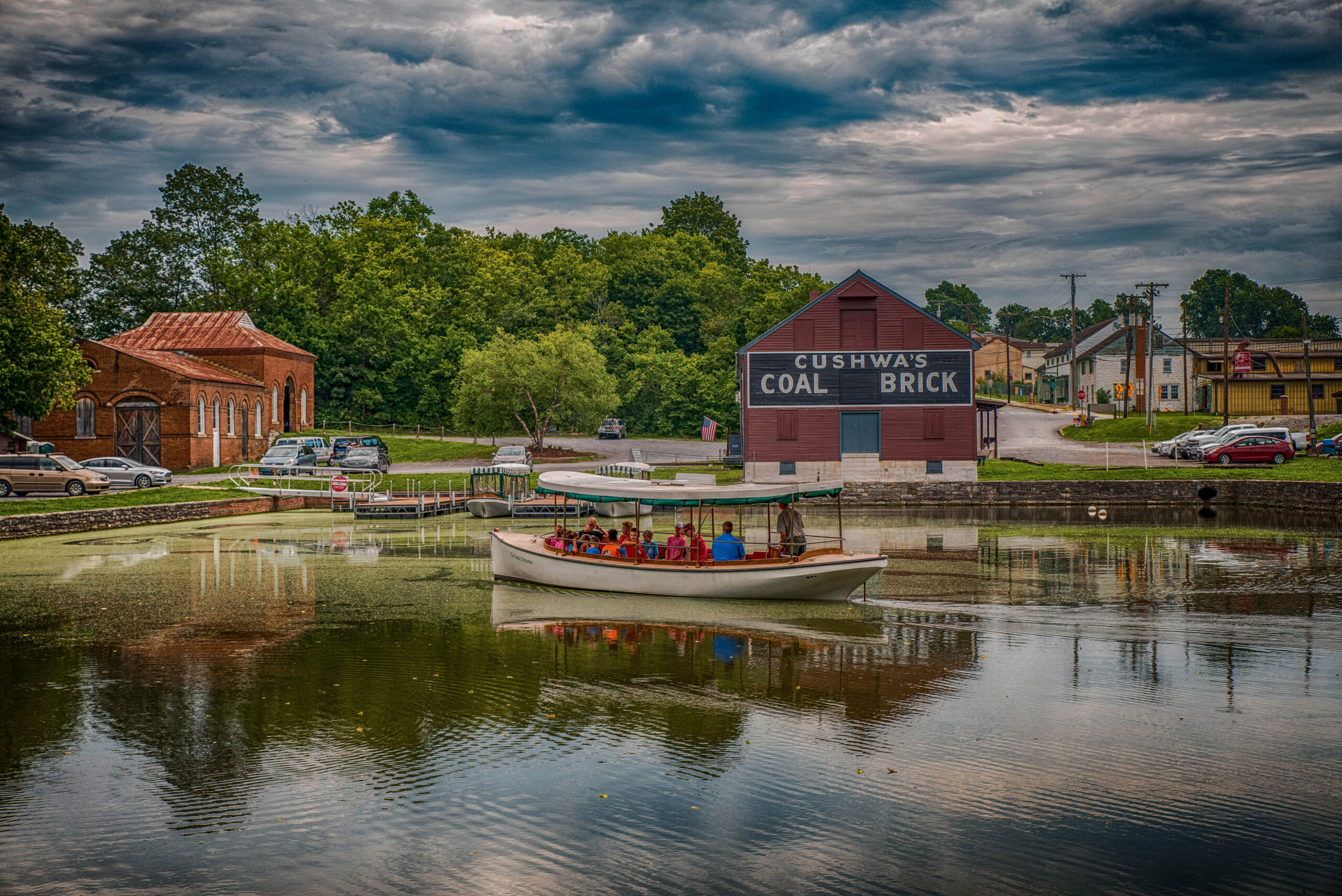
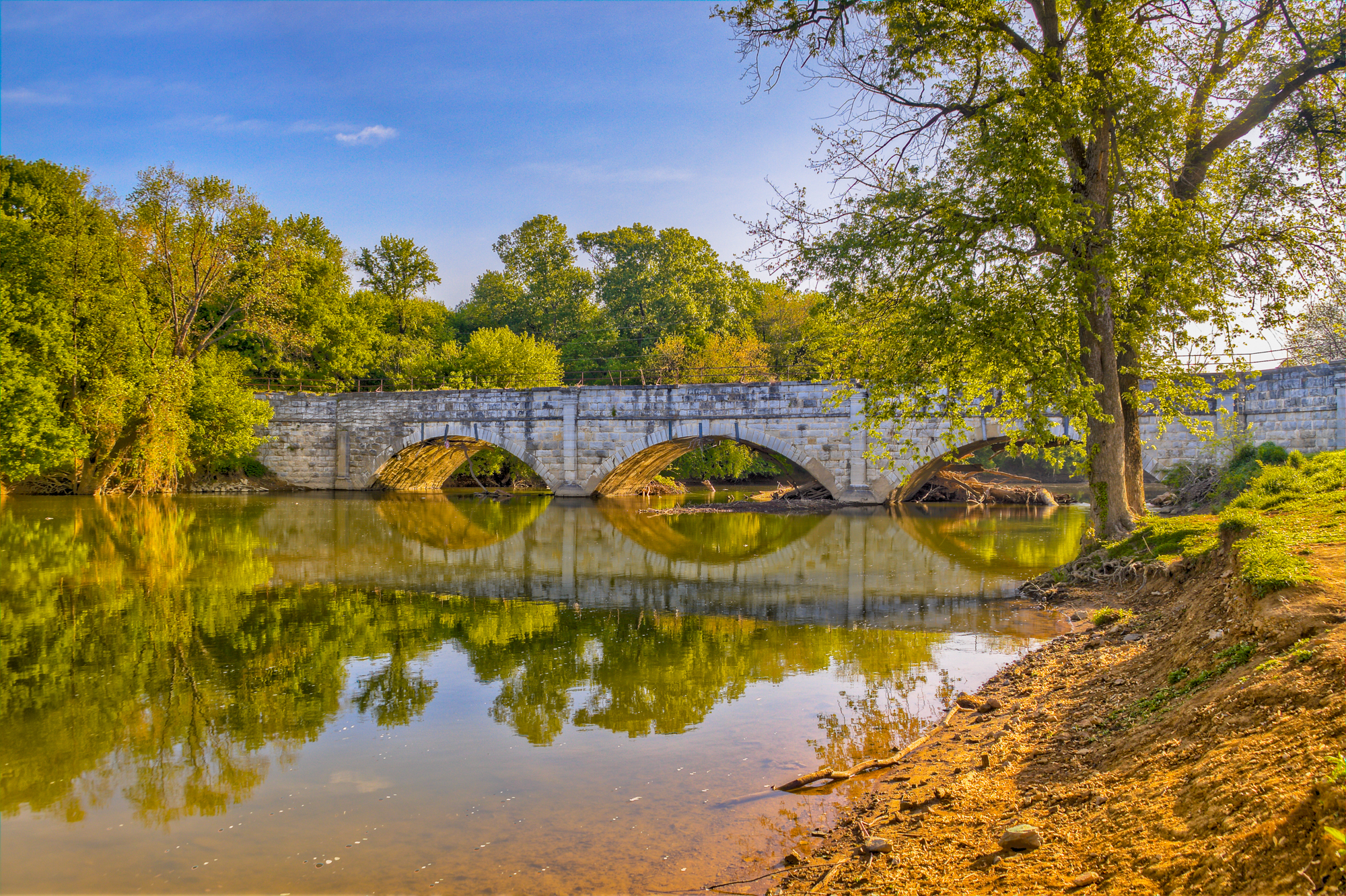
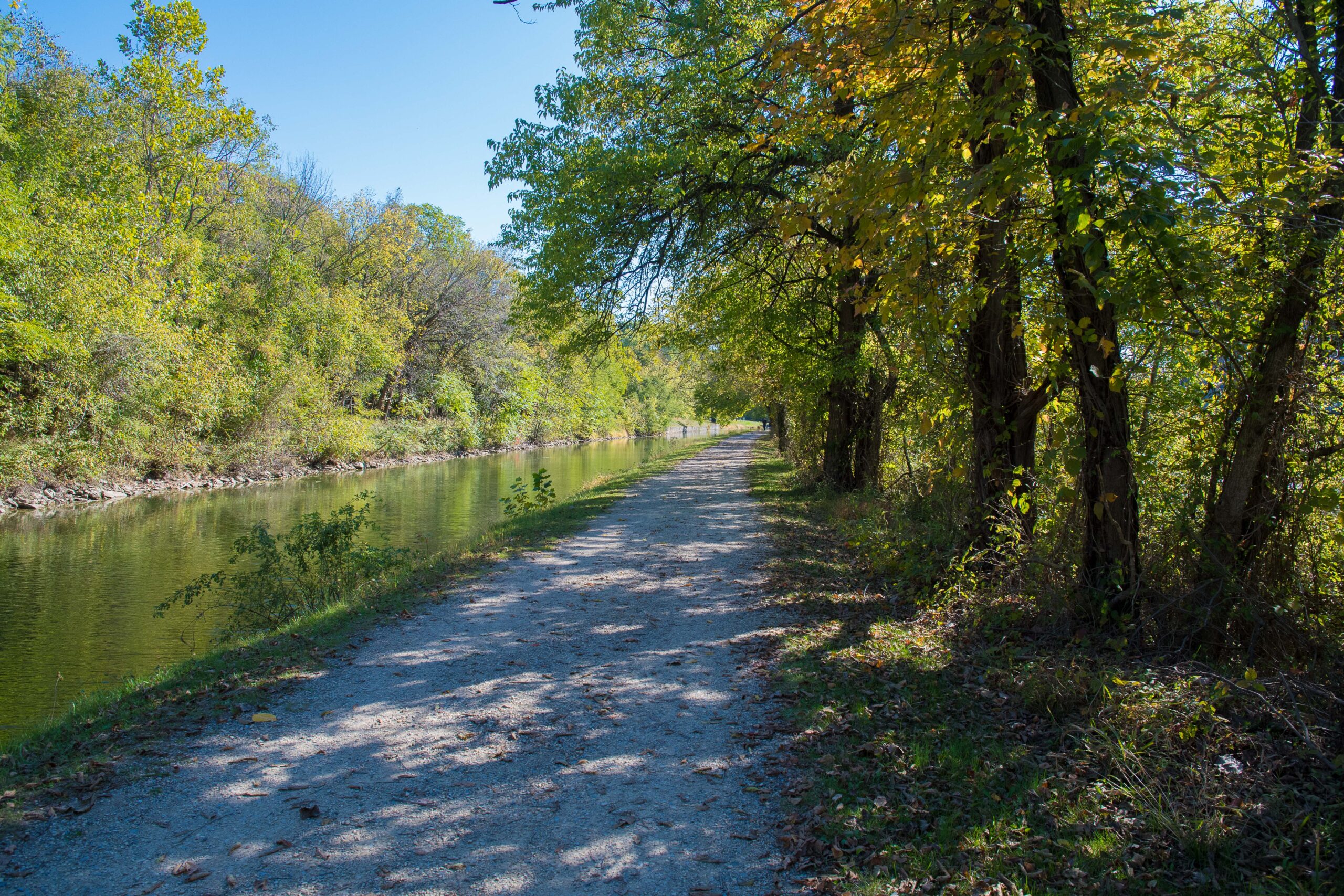

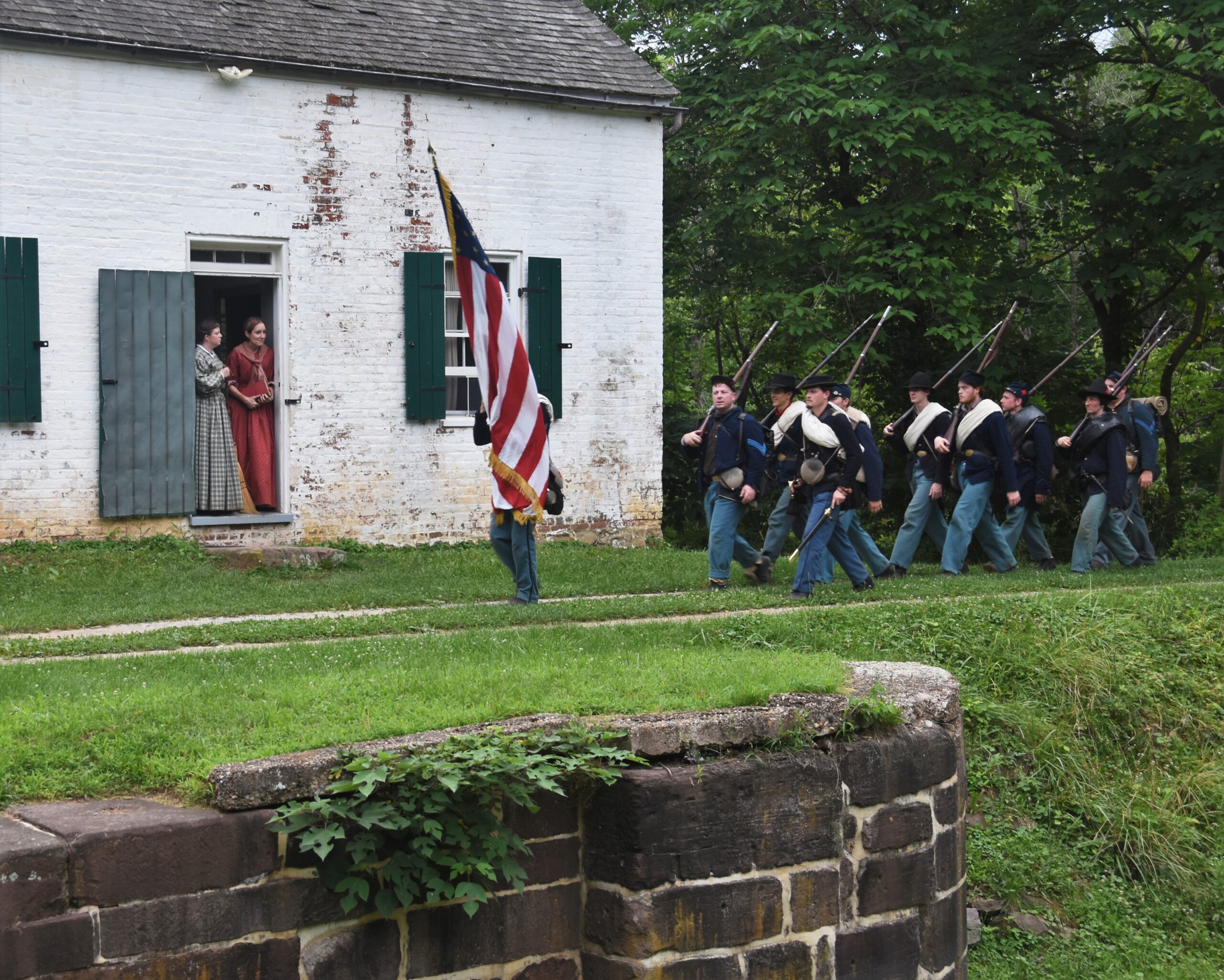
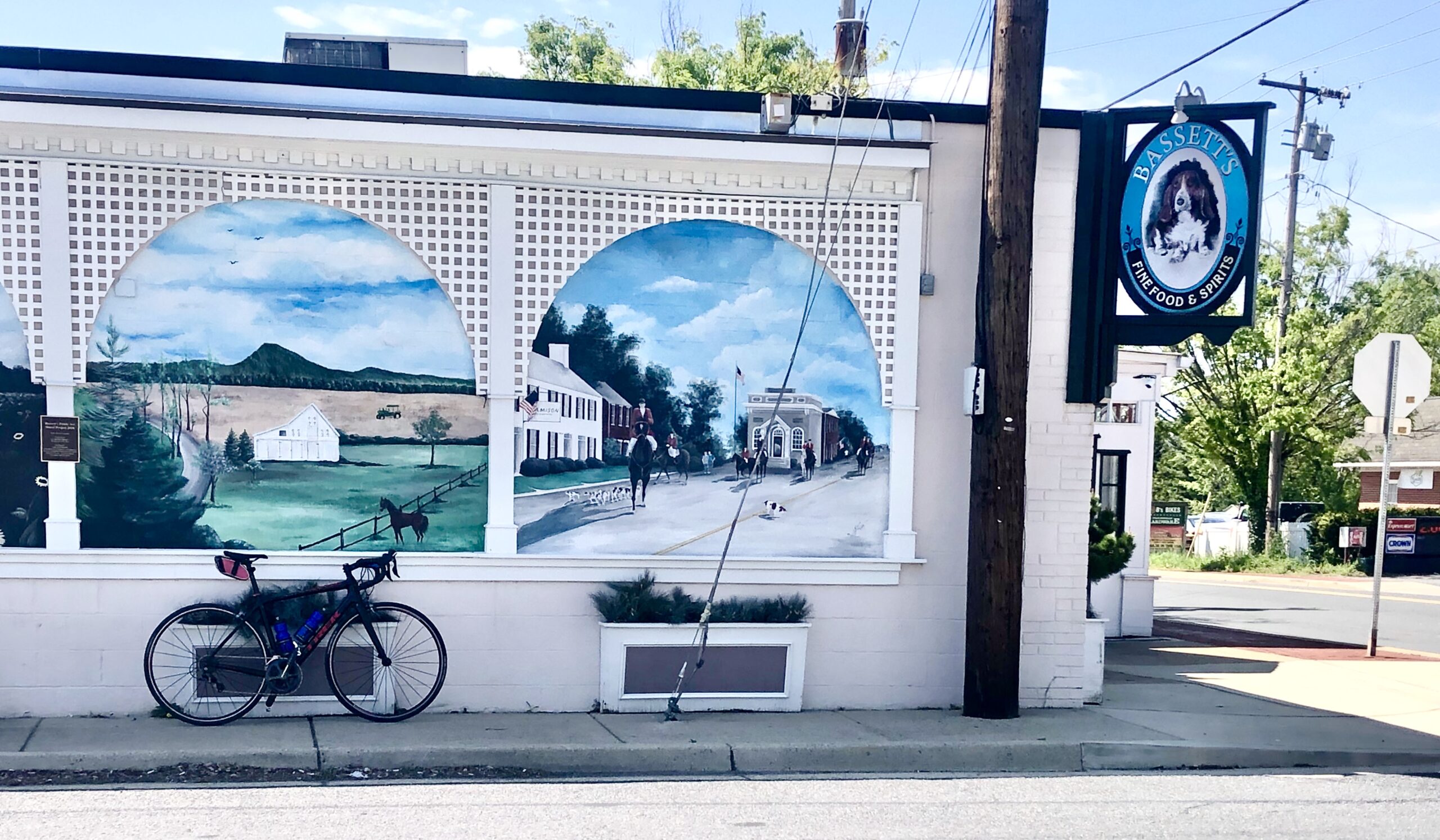
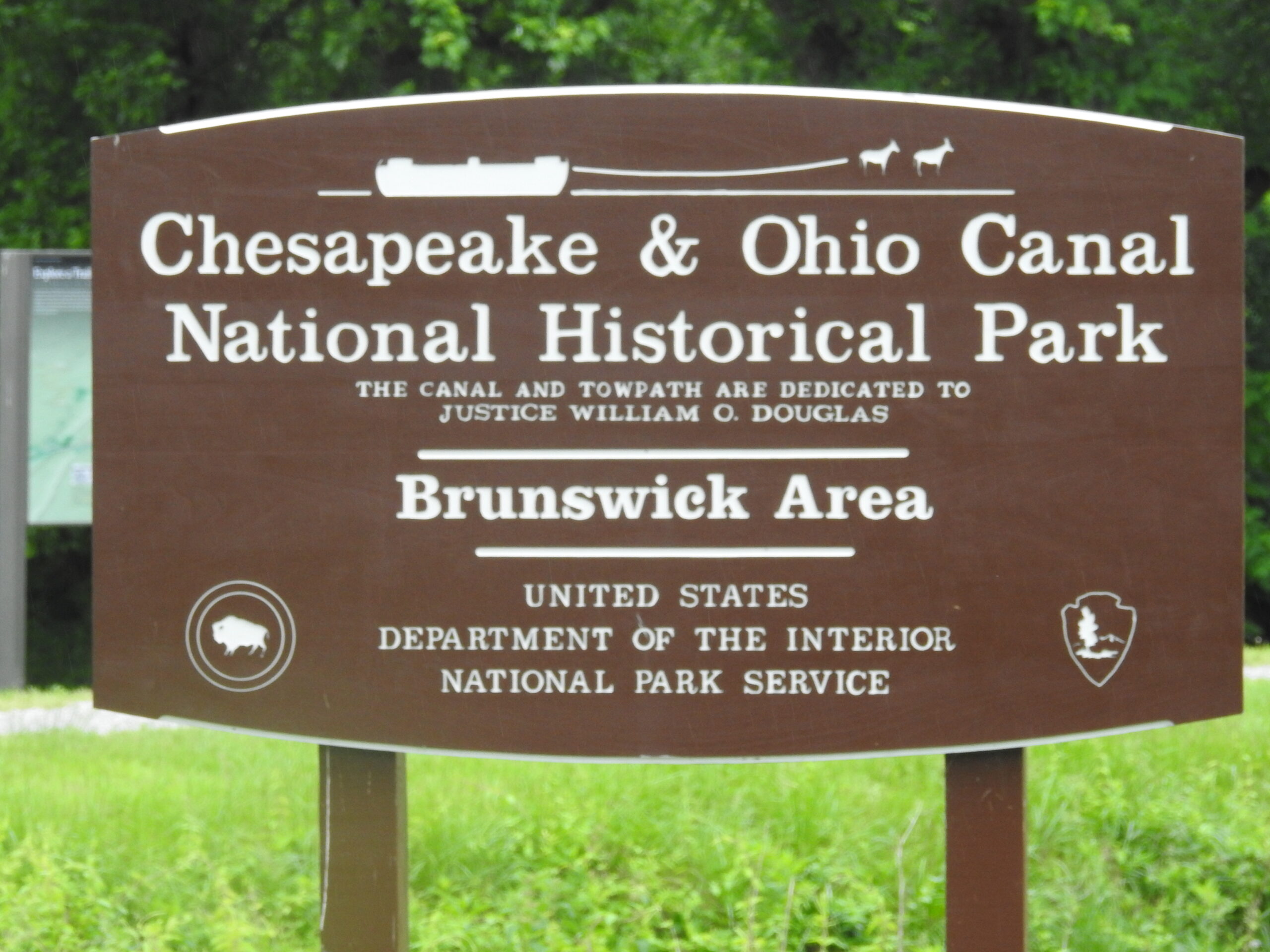
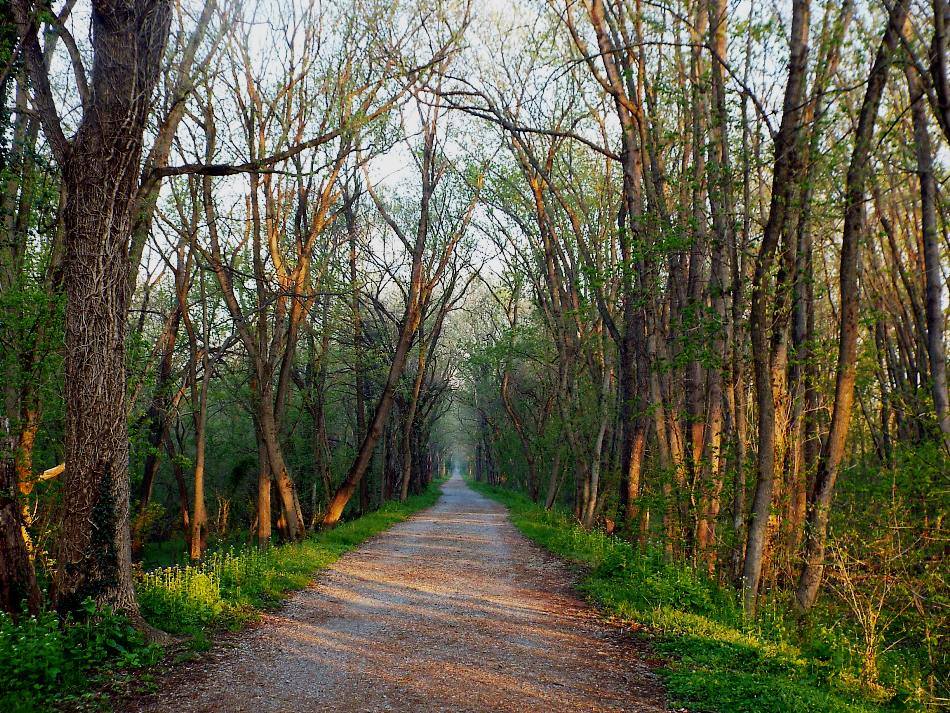
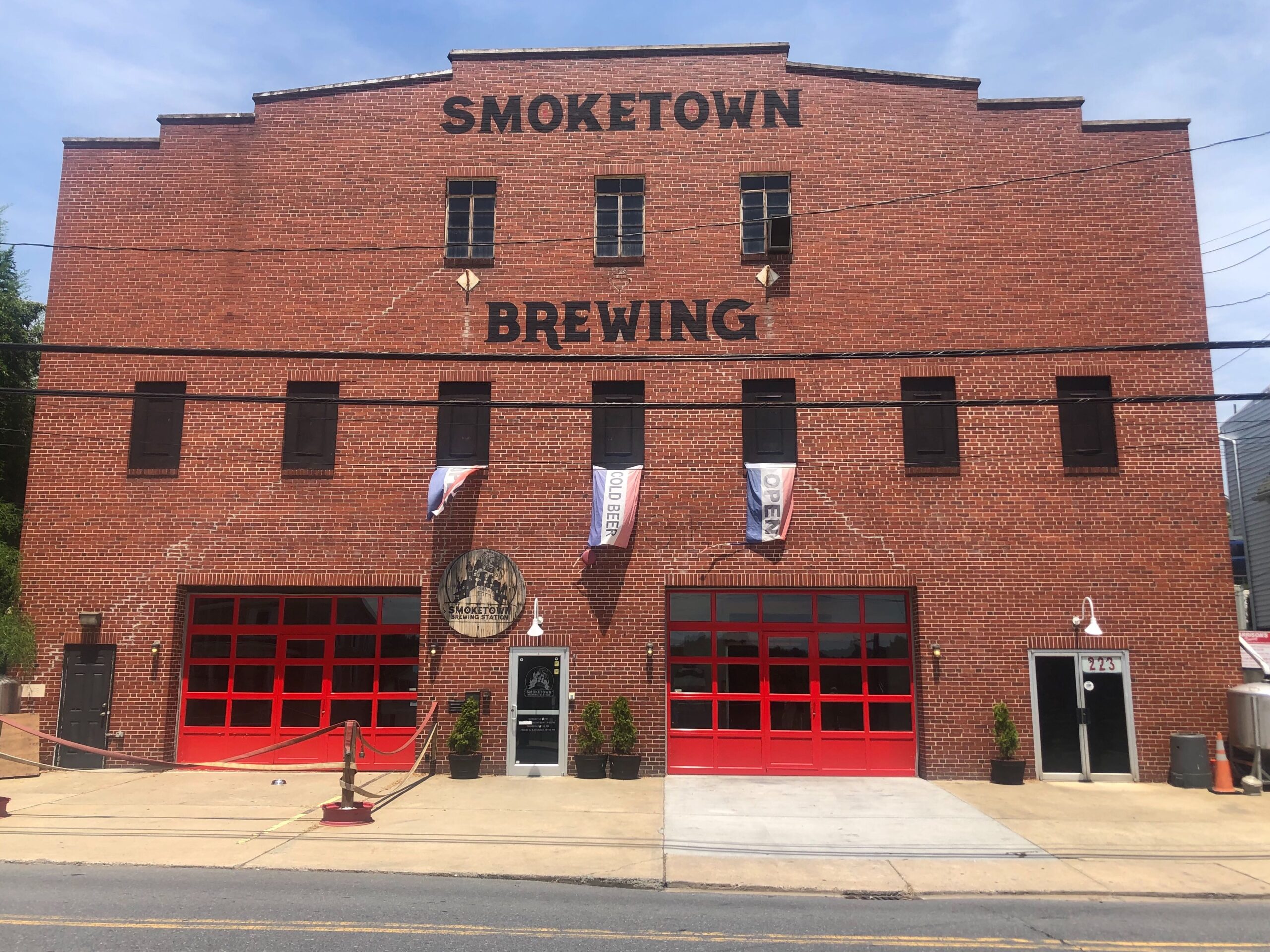
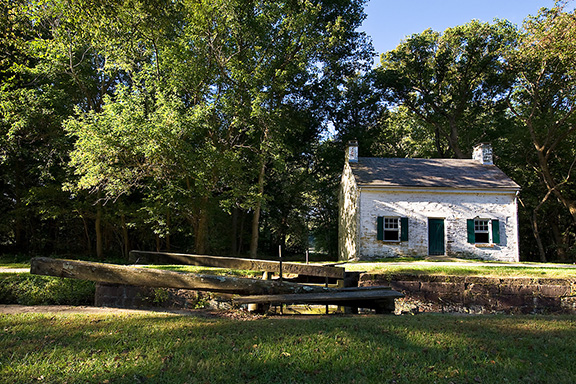
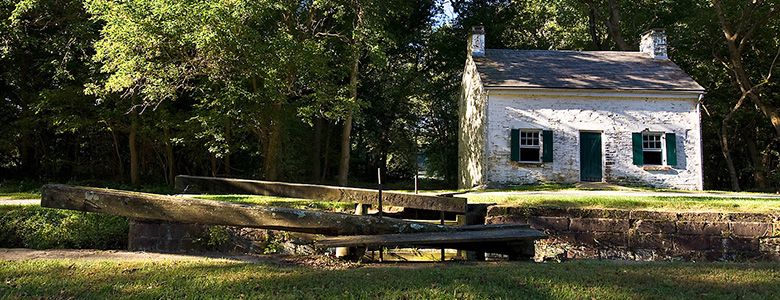
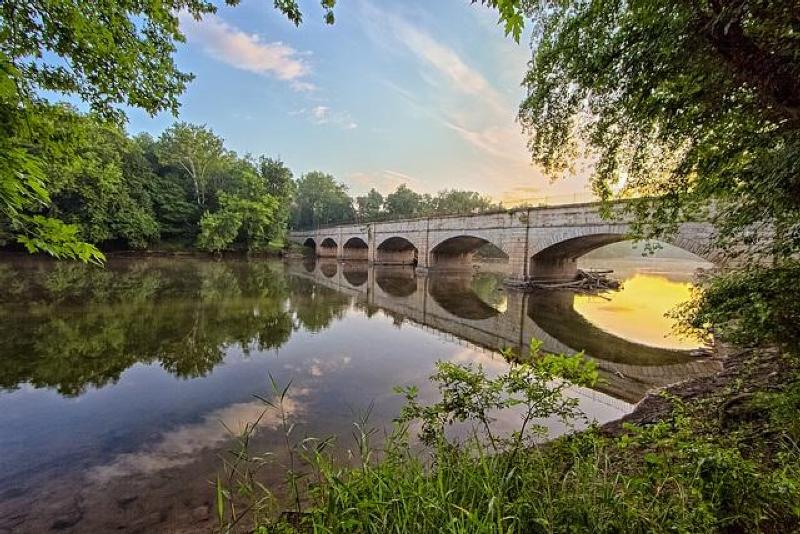
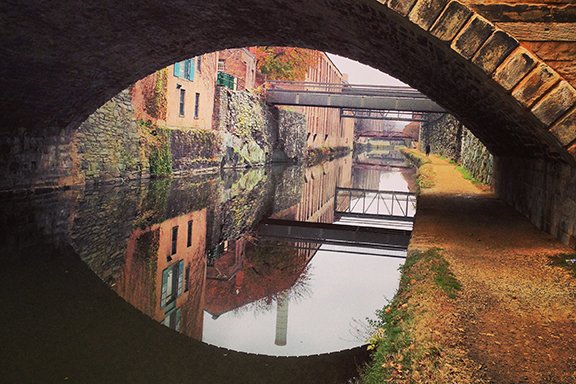
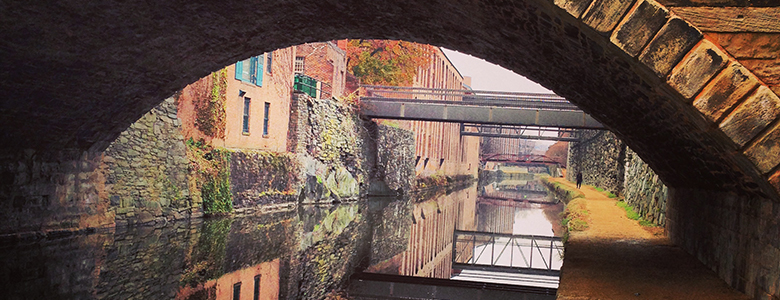
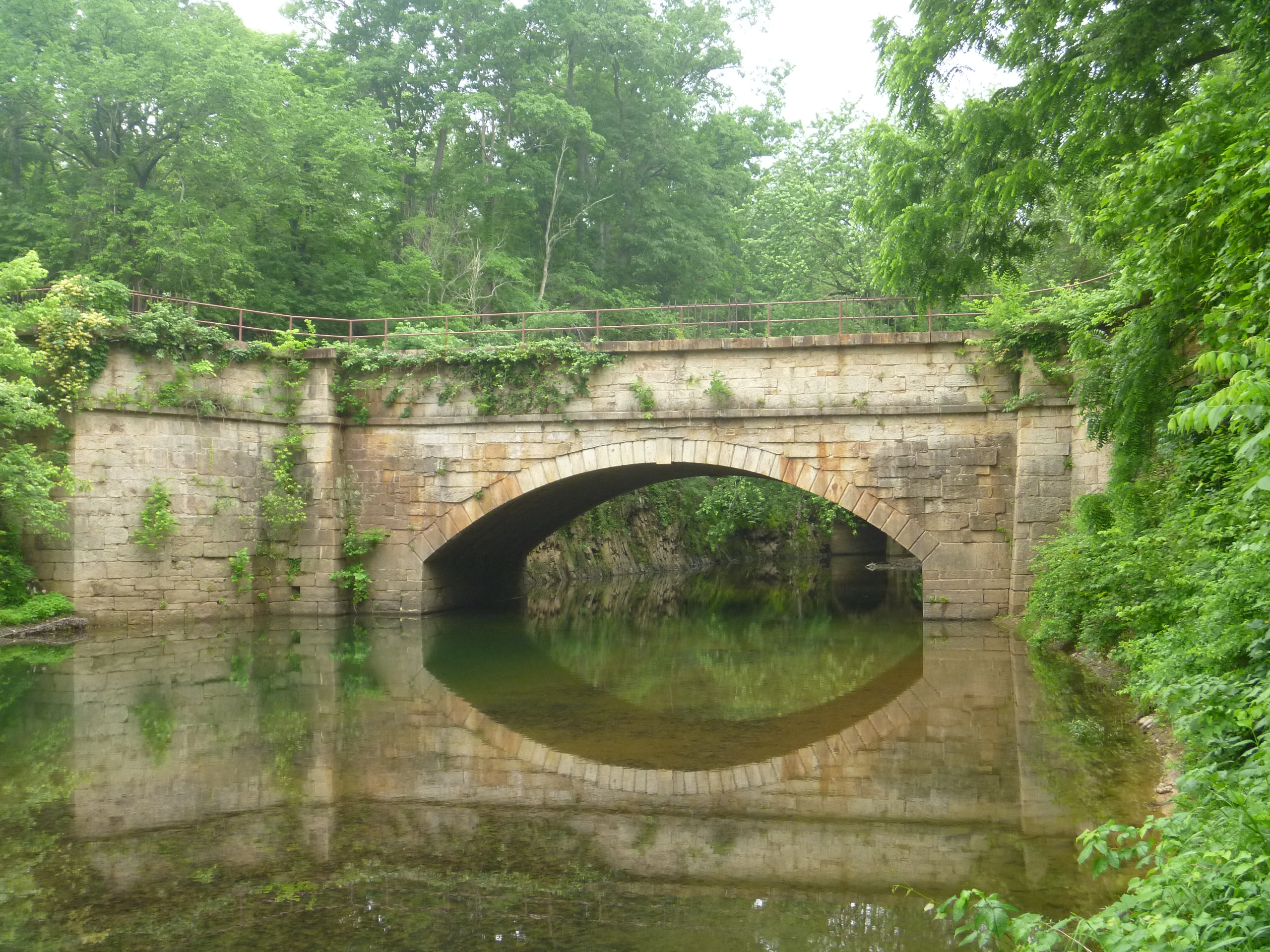
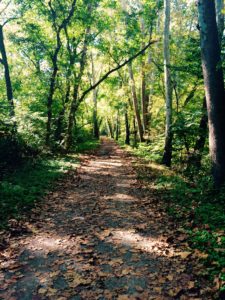
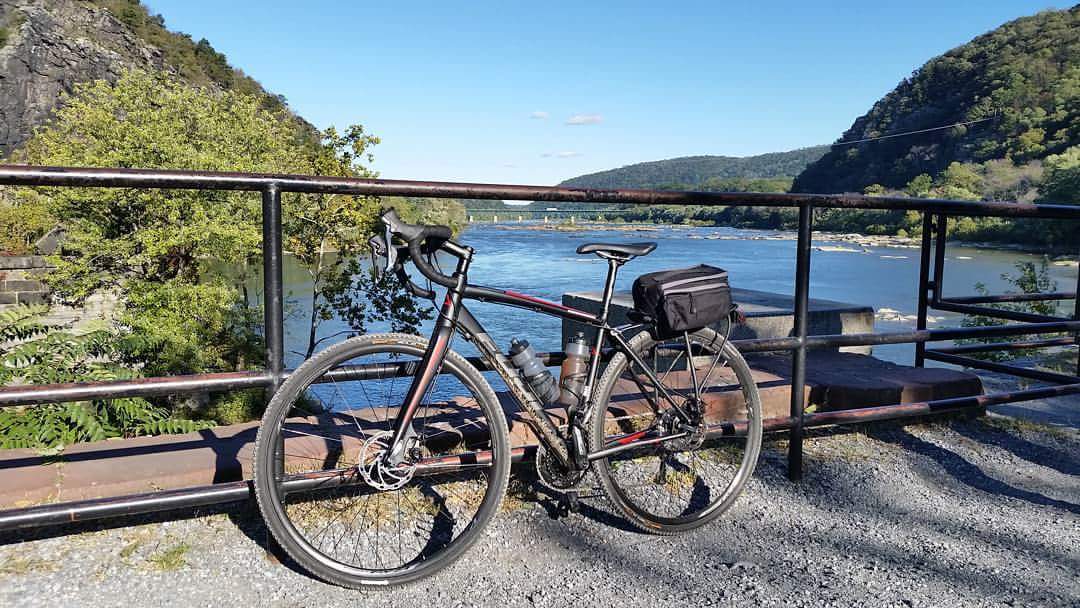
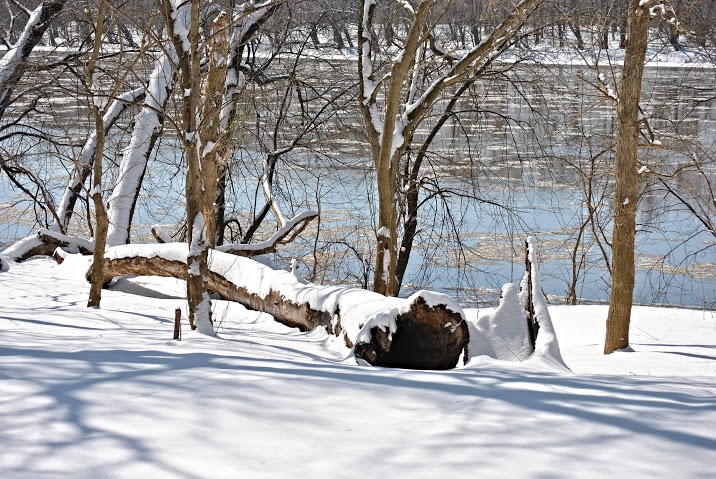
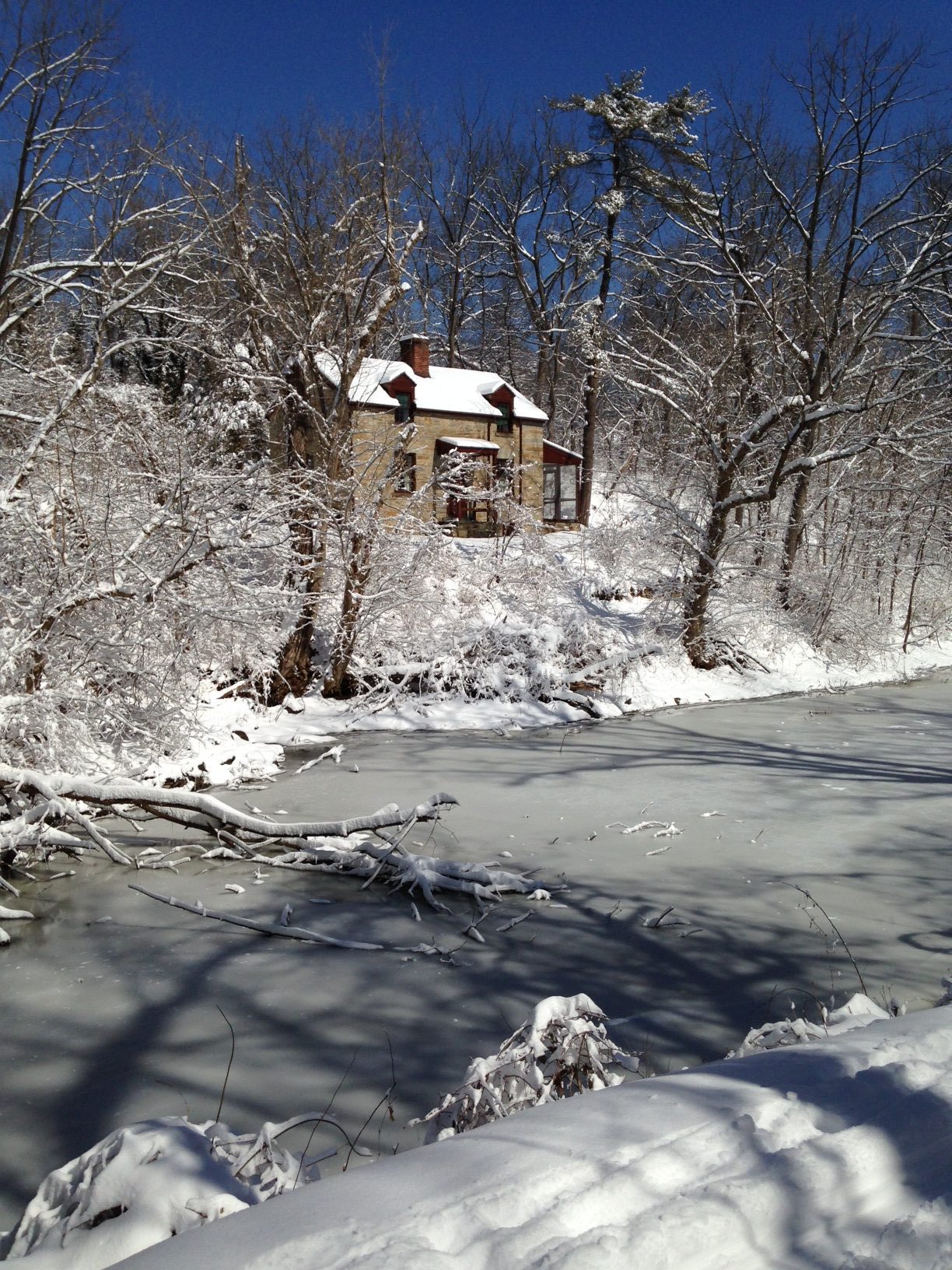

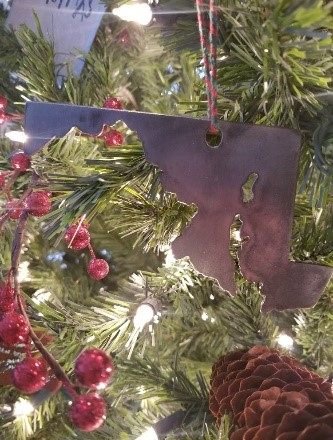
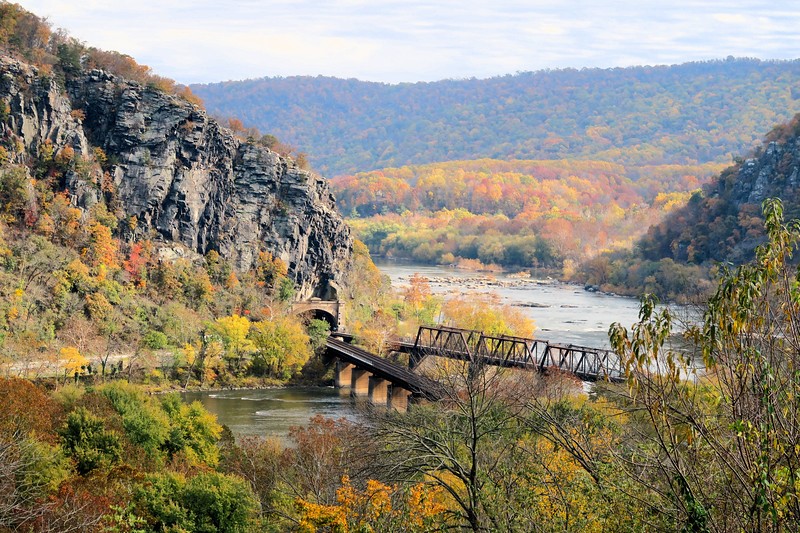
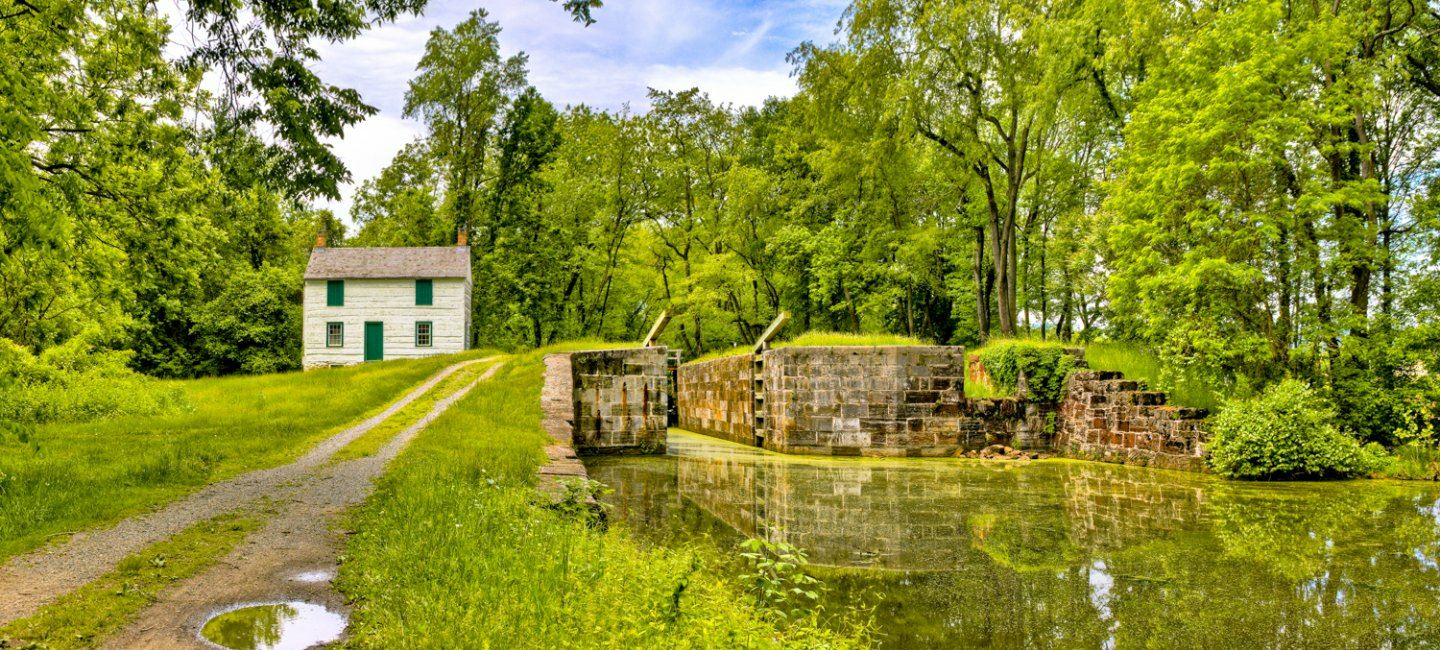
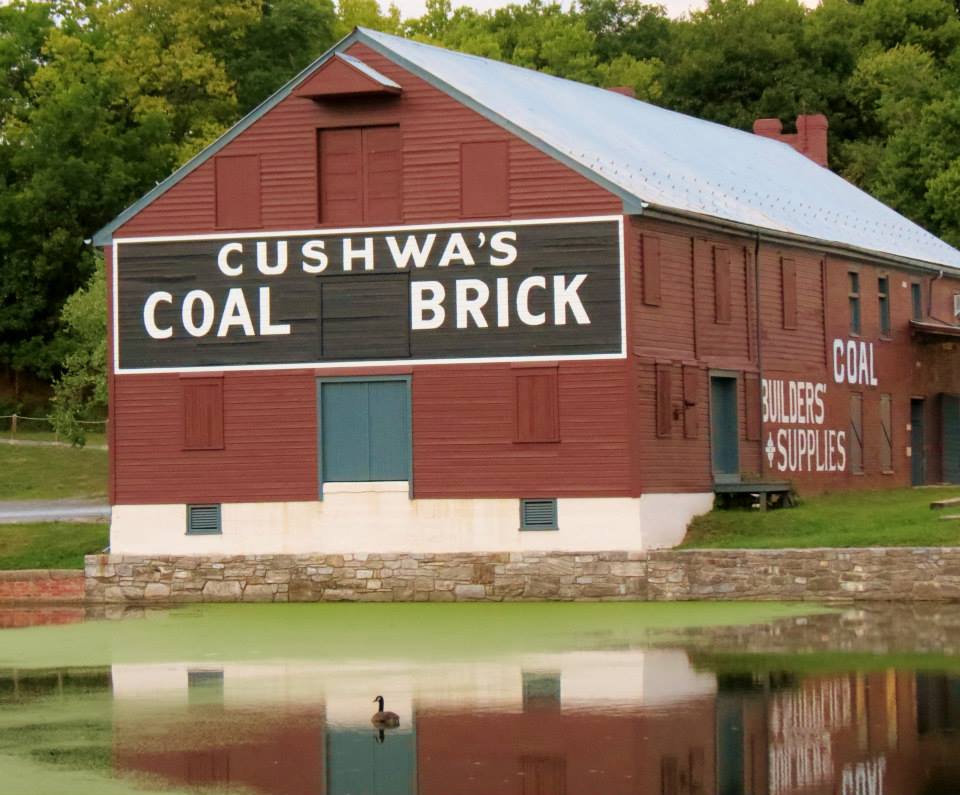
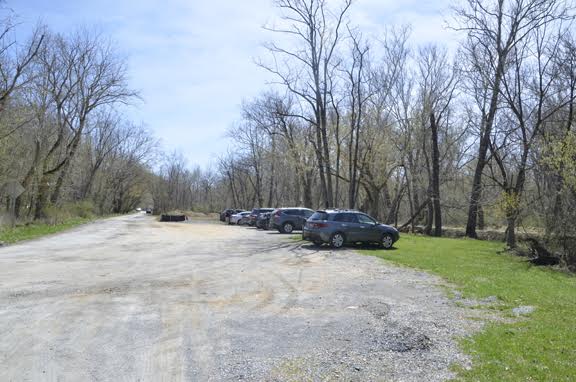
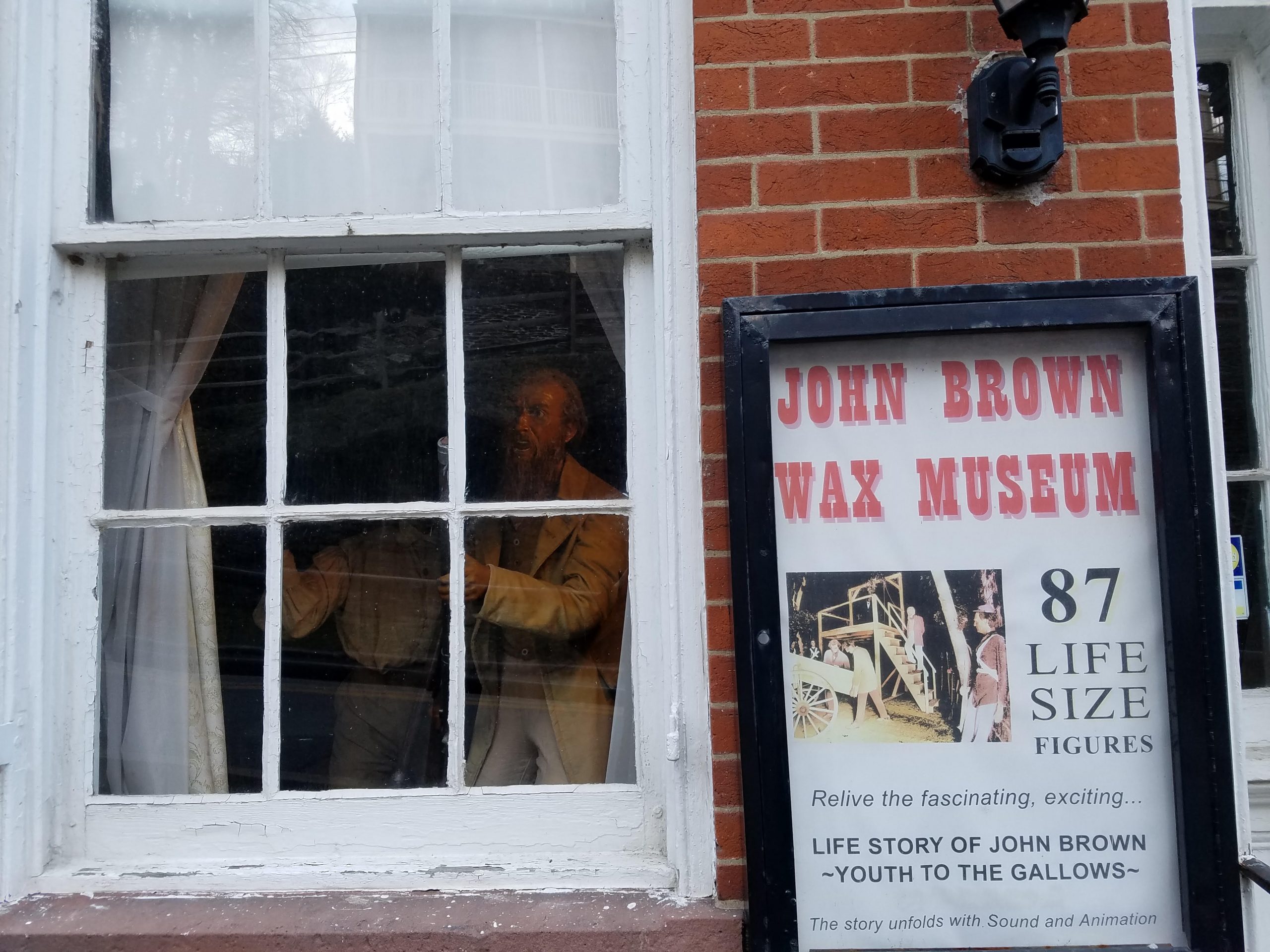
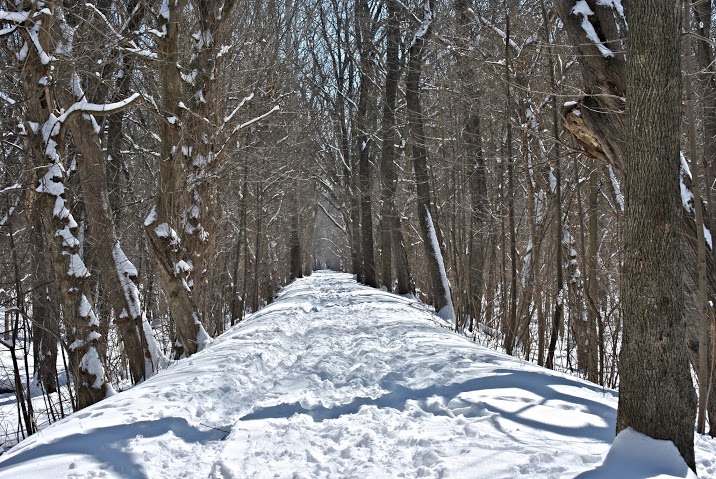
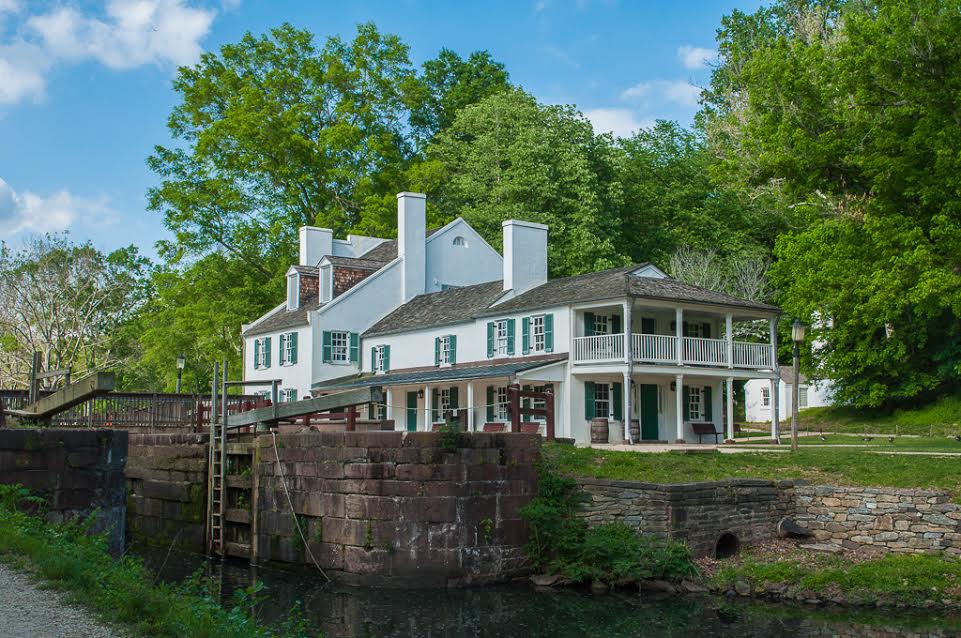
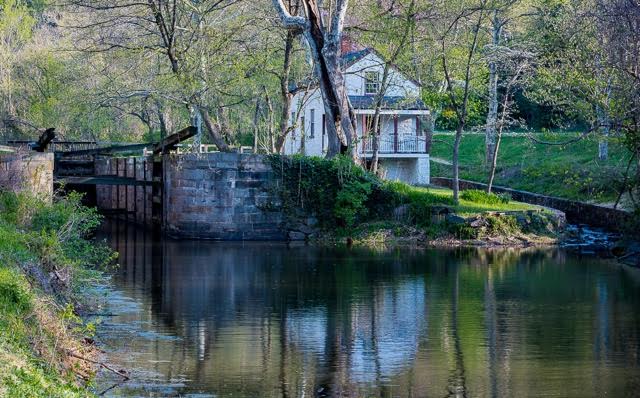
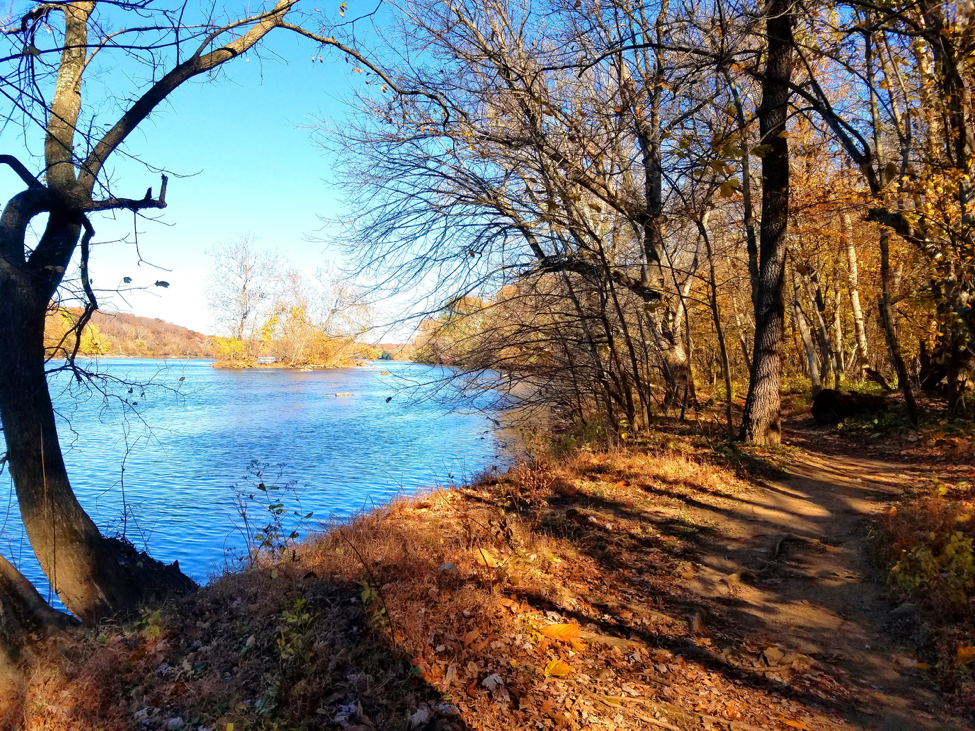
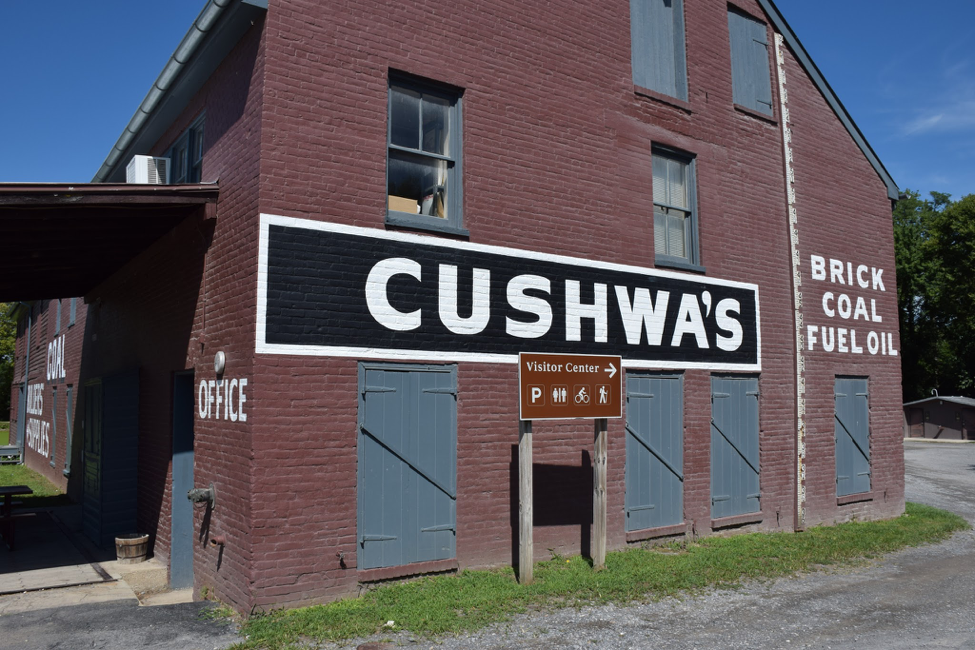
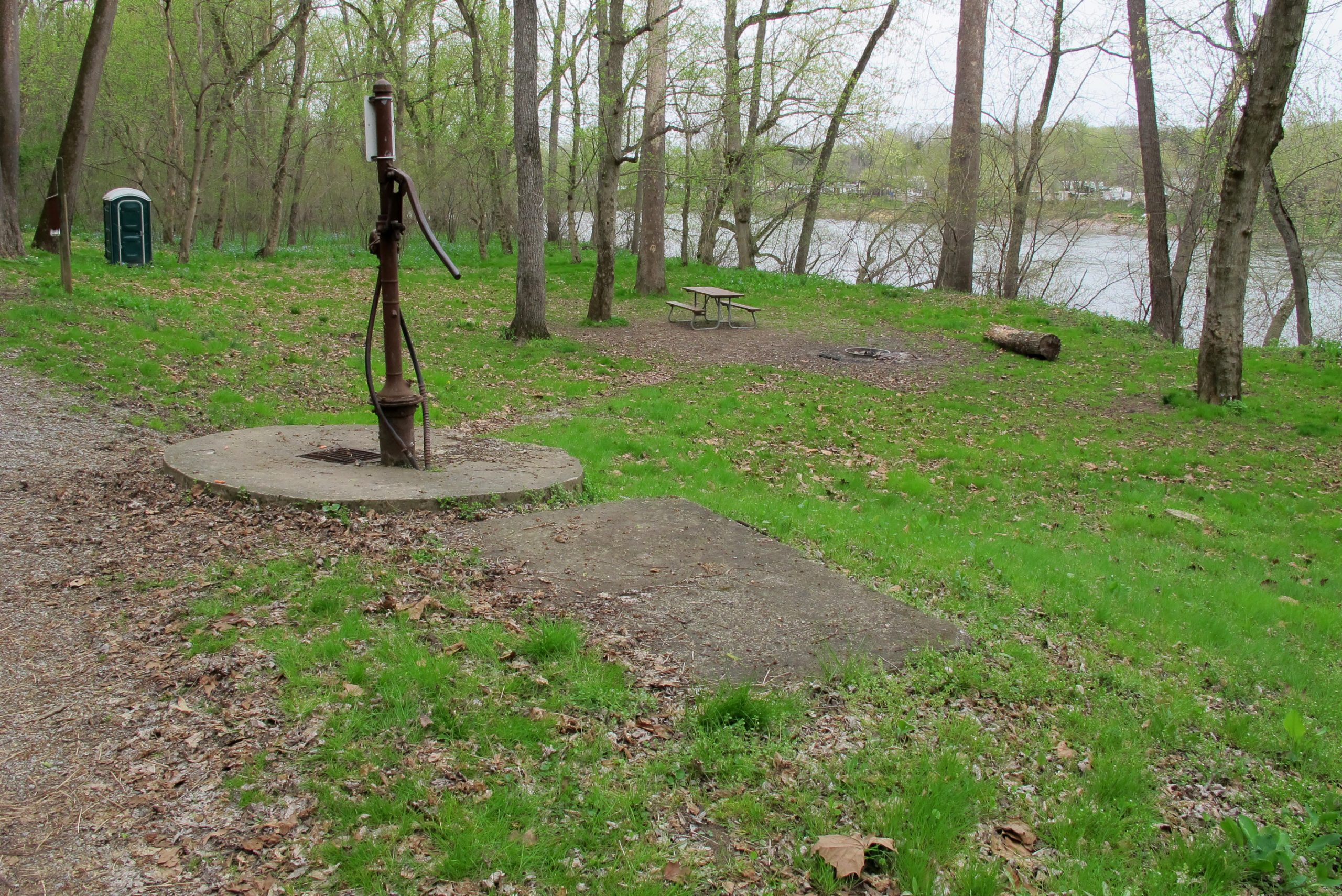
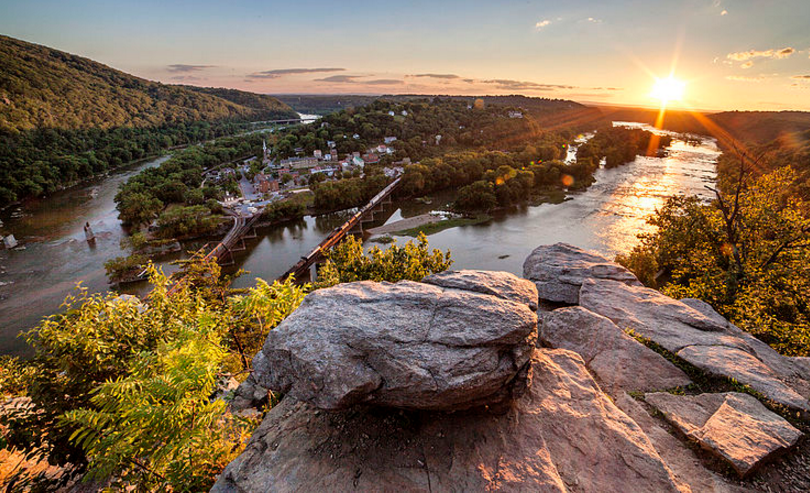
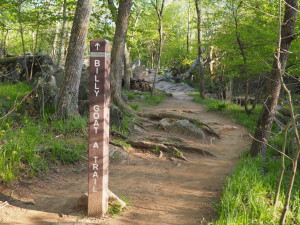
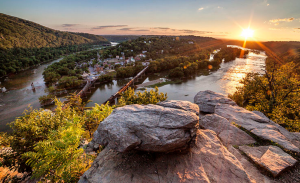 Just a hop, skip, and a jump from the towpath, near milepost 112, lies
Just a hop, skip, and a jump from the towpath, near milepost 112, lies 